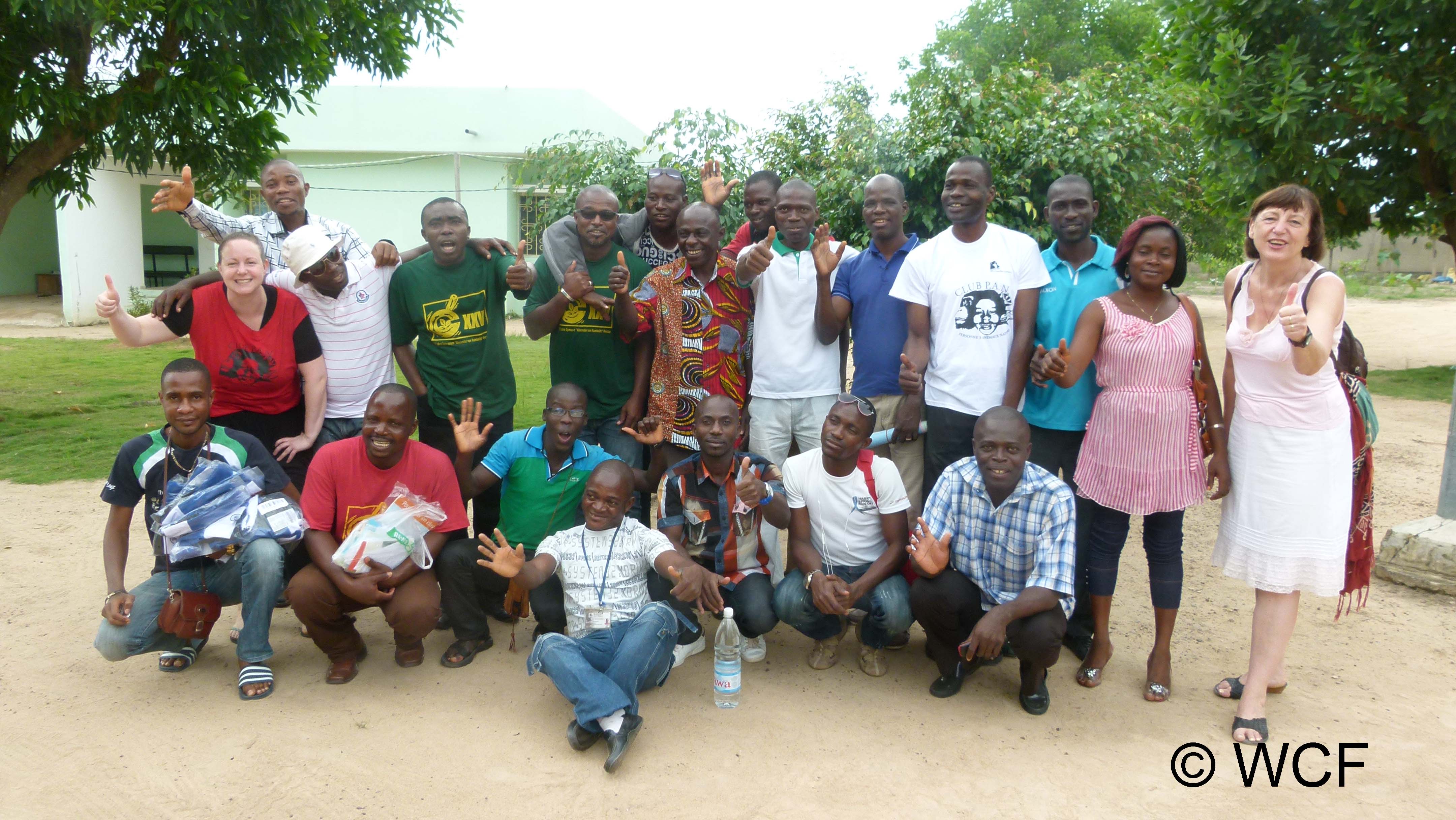Collection of environmental/socioeconomic information
Working with partners, we gathered data on reef- and mangrove-associated tourism, fisheries, and shoreline protection from a variety of sources (mostly sources in Belize):
- Tourism: data on accommodation from the Belize Tourism Board, scaled by the percentage of tourists who are reef- or mangrove-associated (determined via expert opinion in each district), data on reef and mangrove recreation and cruise tourism from the Belize Tourism Board
- Fisheries: data on catch from Fishermen’s Cooperatives, divided into (1) exports through cooperatives, (2) local sales through cooperatives, (3) all other local sales
- Shoreline protection: a variety of spatial data sets were collected, including data on coastline (SERVIR), elevation (NASA Shuttle Radar Topography Mission 90m DEM), coral reefs (Belize Tropical Forest Studies Ecosystem Map, Wildlife Conservation Society, Belize Coastal Zone Management Authority and Institute), mangroves (Belize Forestry Department, LANDSAT), coastal geology, coral characteristics, storm regime, and coastal property values (internet search).
- Knowledge on how to develop a sensible model and data needs
- Engaged partners who identify the best sources and facilitate data transfer
We were somewhat surprised at how difficult the data collection process was for Belize, both at the national and MPA levels. This led us to encourage improvements in data collection and record keeping (some of which have been adopted) by MPAs, the Fisheries Department, and the Belize Tourism Board. It also led us to re-consider using alternative valuation approaches, including survey-based methods, going forward – especially since Belize may well have much better data than some other countries in the region.
